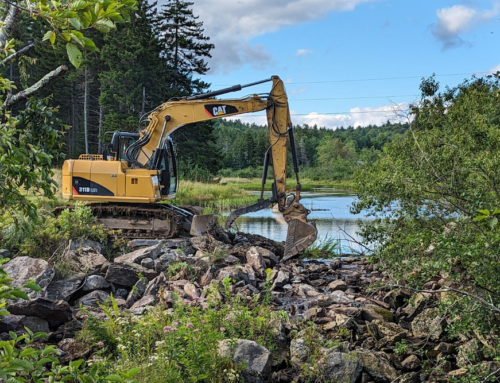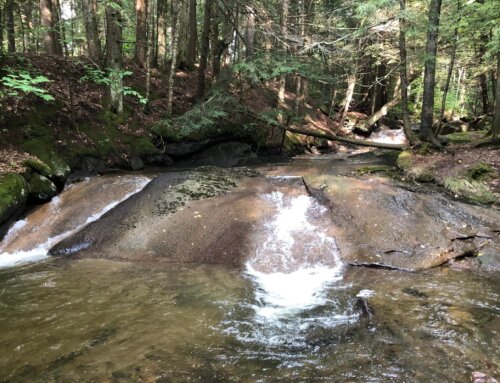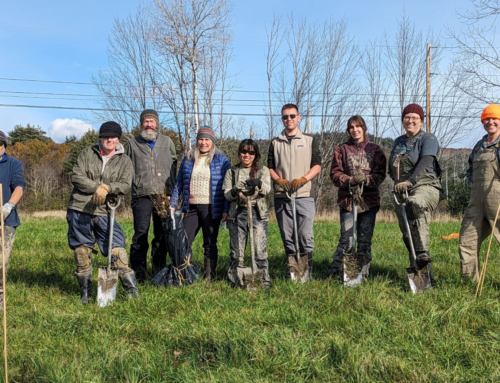River Hero
Sea lampreys got a bad rap from their invasive relatives that moved into places like the Great Lakes and Lake Champlain. But they want you to know that they’re a good neighbor! Adult lampreys are an important source of nutrients for our rivers. After they’re born here in the Connecticut River, they head out to the oceans to eat and grow. Once full grown, they migrate back to our rivers to spawn (lay eggs). They’re so focused on migrating, building nests, and laying eggs that they’re not even eating. In fact, their teeth are starting to fall out and their eyesight is failing. So there’s really no reason for you to be afraid of them! When you see them this spring at the fish ladders, we hope you’ll wave hello!
After they lay their eggs, they all die. Their bodies become a food source for all sorts of other river life including aquatic insects, fish, and mammals. Lampreys support a vast food chain that keeps our rivers healthy and full of life! It’s important to note that sea lampreys are not eels. Instead of a jaw, they have round, sucker-like mouths. Rather than bones, they’re made entirely of cartilage and that’s what makes them so tasty.
Tasty Treat
Lampreys have traditionally been eaten by humans, too! You would have found them on menus across Europe and Asia, but especially in Portugal where they’d be cooked at least ten different ways. Lamprey stew with rice is the most popular. Lamprey is considered such a delicacy that it’s customary for lamprey pie to mark special British royal moments like the coronation of Queen Elizabeth in 1953. Here in the U.S. we’re more likely to see a brightly colored lamprey cake – no lamprey included.
Read Part 2 of the lamprey’s story in CRC’s fall Currents & Eddies newsletter where you’ll get to meet the babies!
Learn more about lamprey and CRC’s work to help restore their populations in this radio interview with Monte Belmonte.







